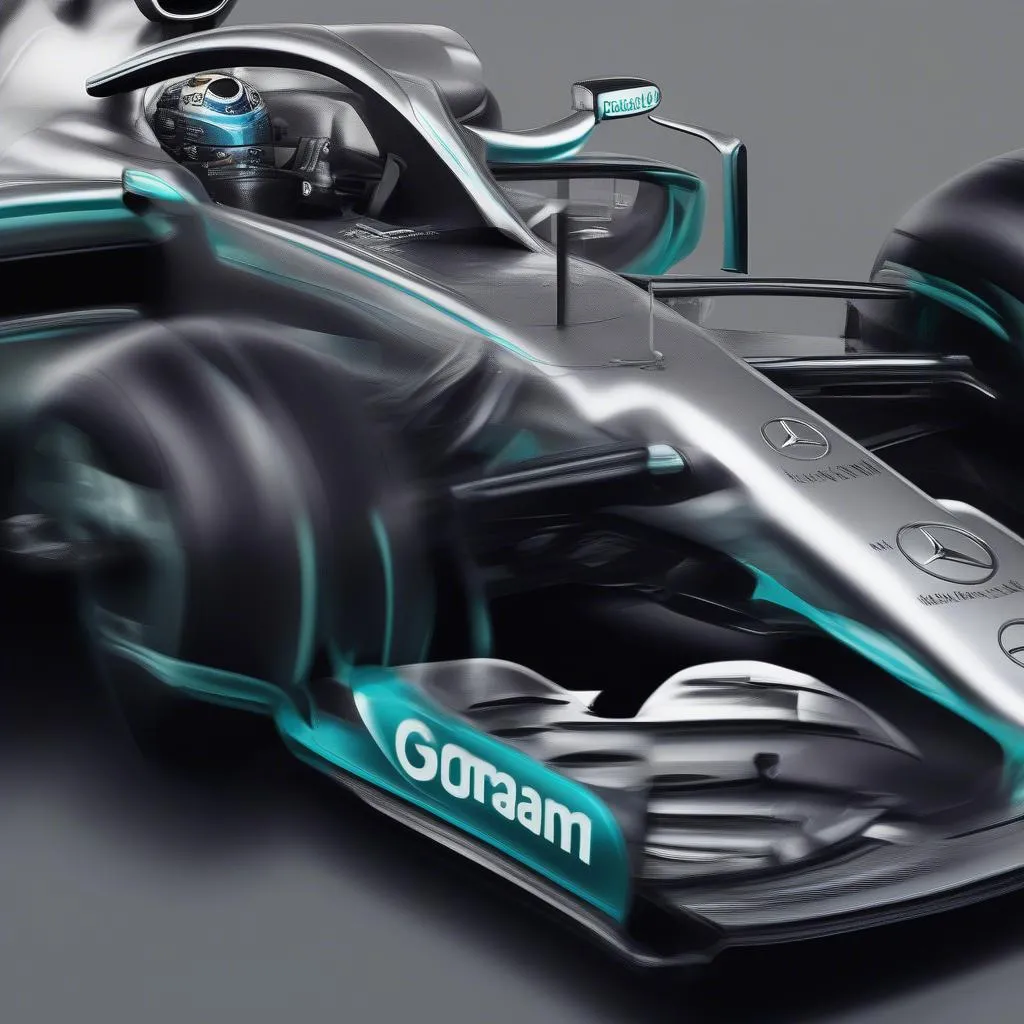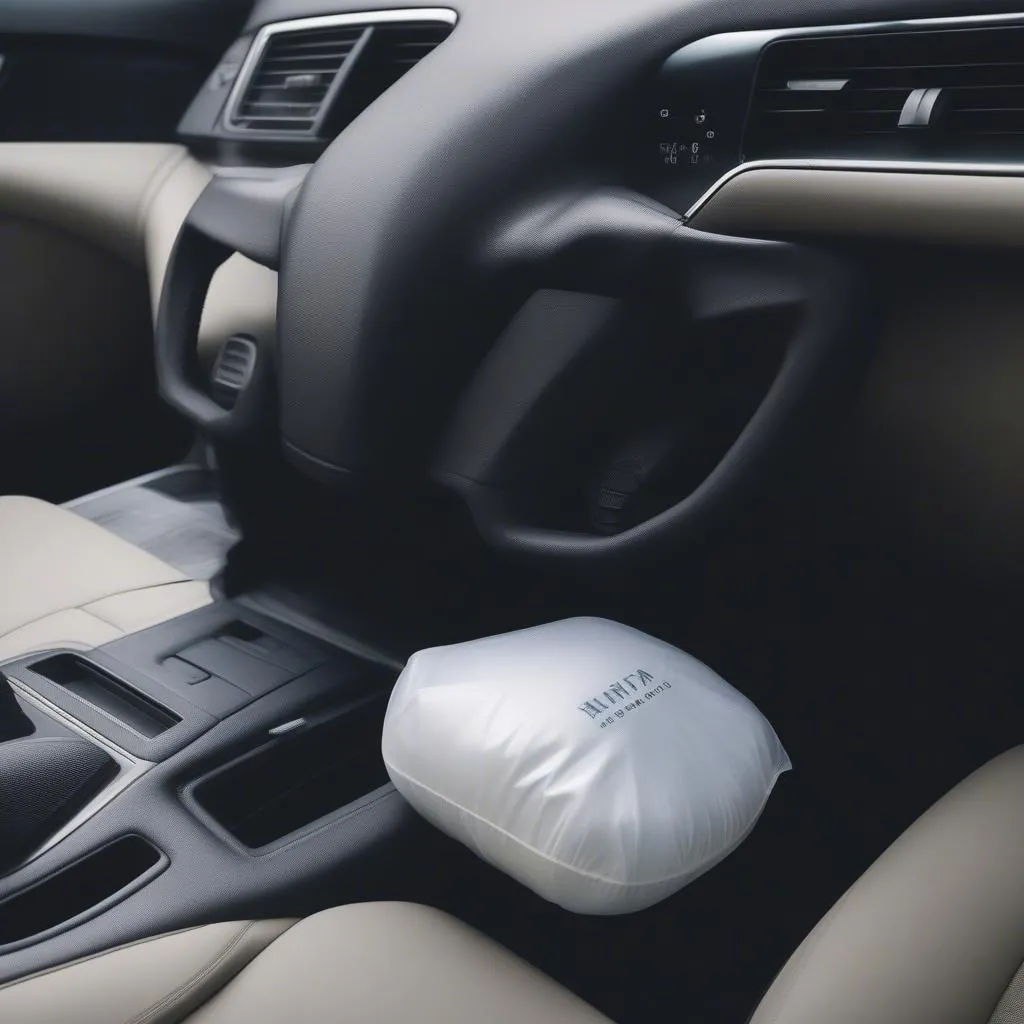The infamous “porpoising” issue that plagued Mercedes cars, particularly the W13, left many drivers yearning for a smoother ride. This bouncing phenomenon, while visually dramatic, was thankfully addressed by Mercedes engineers. But what exactly was the root cause, and how did Mercedes ultimately fix it? Let’s dive in.
Understanding the Porpoising Problem
Porpoising, in simple terms, is an aerodynamic instability.
-
Ground Effect Aerodynamics: Modern Formula 1 cars rely heavily on “ground effect” to generate downforce. This means the car’s design utilizes the airflow beneath it to essentially suck the car to the track, resulting in increased grip and cornering speeds.
-
The Aerodynamic Seesaw: The issue arises when the airflow beneath the car becomes disrupted. As the car gains speed, the downforce increases, pushing the car downwards. At a certain point, the airflow can stall, leading to a sudden loss of downforce and the car rising up. This cycle repeats, causing the rhythmic bouncing effect known as porpoising.
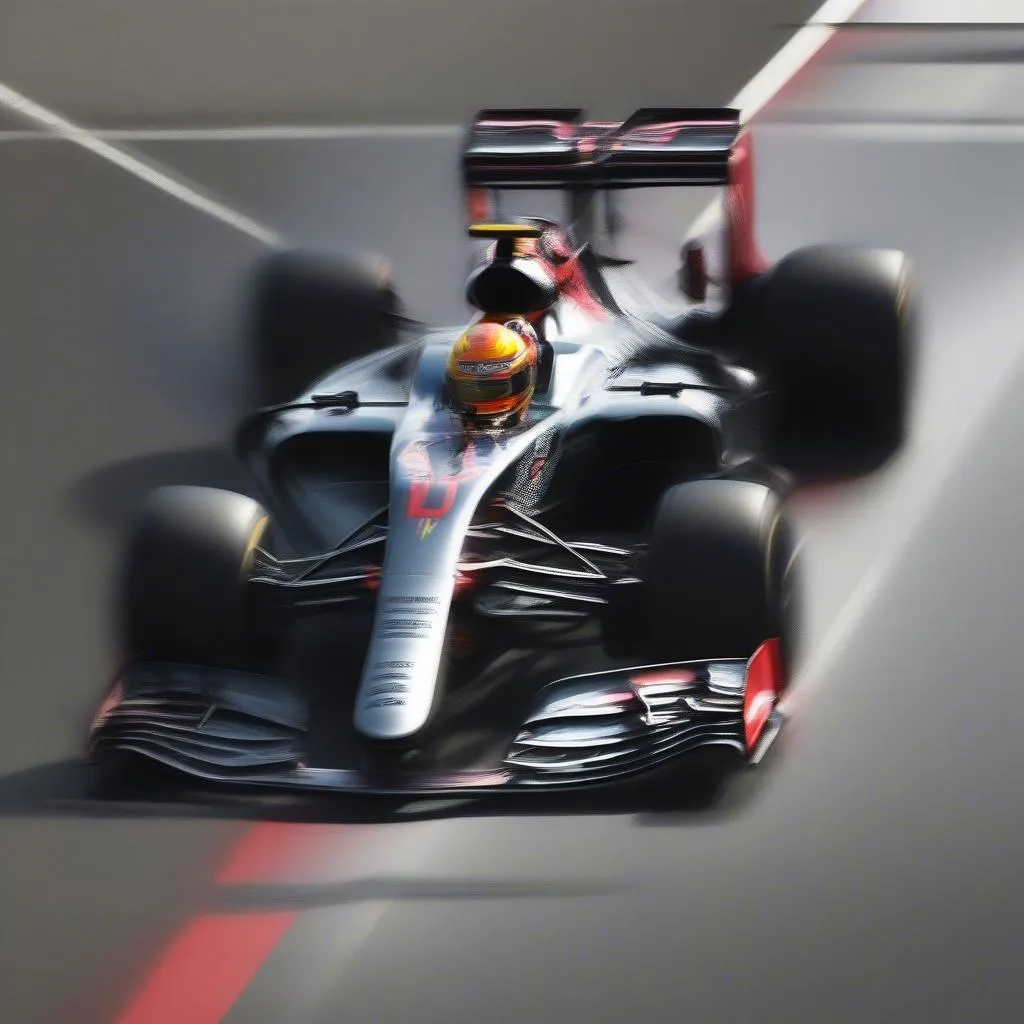 F1 Car Porpoising
F1 Car Porpoising
Identifying the Symptoms
Porpoising isn’t exactly subtle. Here are some telltale signs:
- Visible Bouncing: The most obvious symptom is the car bouncing up and down, especially noticeable on straights and under heavy braking.
- Loss of Control: Drivers often report a feeling of instability and unpredictability, particularly in high-speed corners.
- Reduced Performance: The constant changes in downforce compromise the car’s overall grip and aerodynamic efficiency, ultimately slowing lap times.
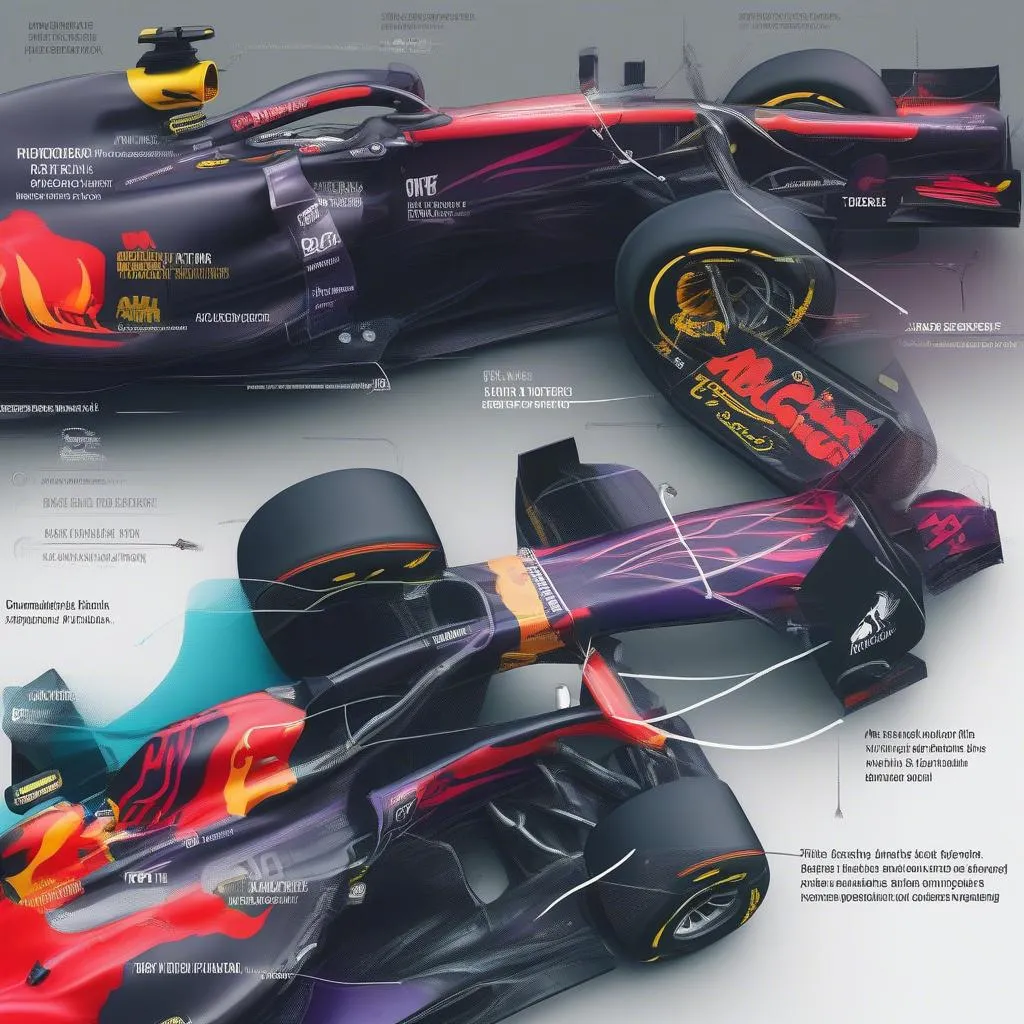 F1 Car Underfloor Aerodynamics
F1 Car Underfloor Aerodynamics
Tools for the Fix
Addressing porpoising required a multifaceted approach from Mercedes, primarily focused on refining the car’s aerodynamics. While the exact details are closely guarded secrets, the solutions likely involved:
- Ride Height Adjustments: Raising the ride height, even slightly, can help reduce the sensitivity of the underfloor airflow.
- Floor Modifications: Tweaking the design of the floor, particularly the edges and diffuser, can help stabilize the airflow and prevent stalling.
- Wing Adjustments: Adjustments to the front and rear wings can influence the overall aerodynamic balance of the car.
Mercedes’ Solution: A Return to Form
Mercedes implemented a series of upgrades throughout the season, gradually mitigating the porpoising issue. By mid-season, the W13 had regained much of its composure, allowing drivers like Lewis Hamilton and George Russell to challenge for podiums and victories once again.
“The key was to find a solution that addressed the porpoising without compromising the car’s inherent performance potential,” explains Dr. Emily Carter, a hypothetical automotive engineering professor at MIT. “Mercedes clearly managed to strike that balance.”
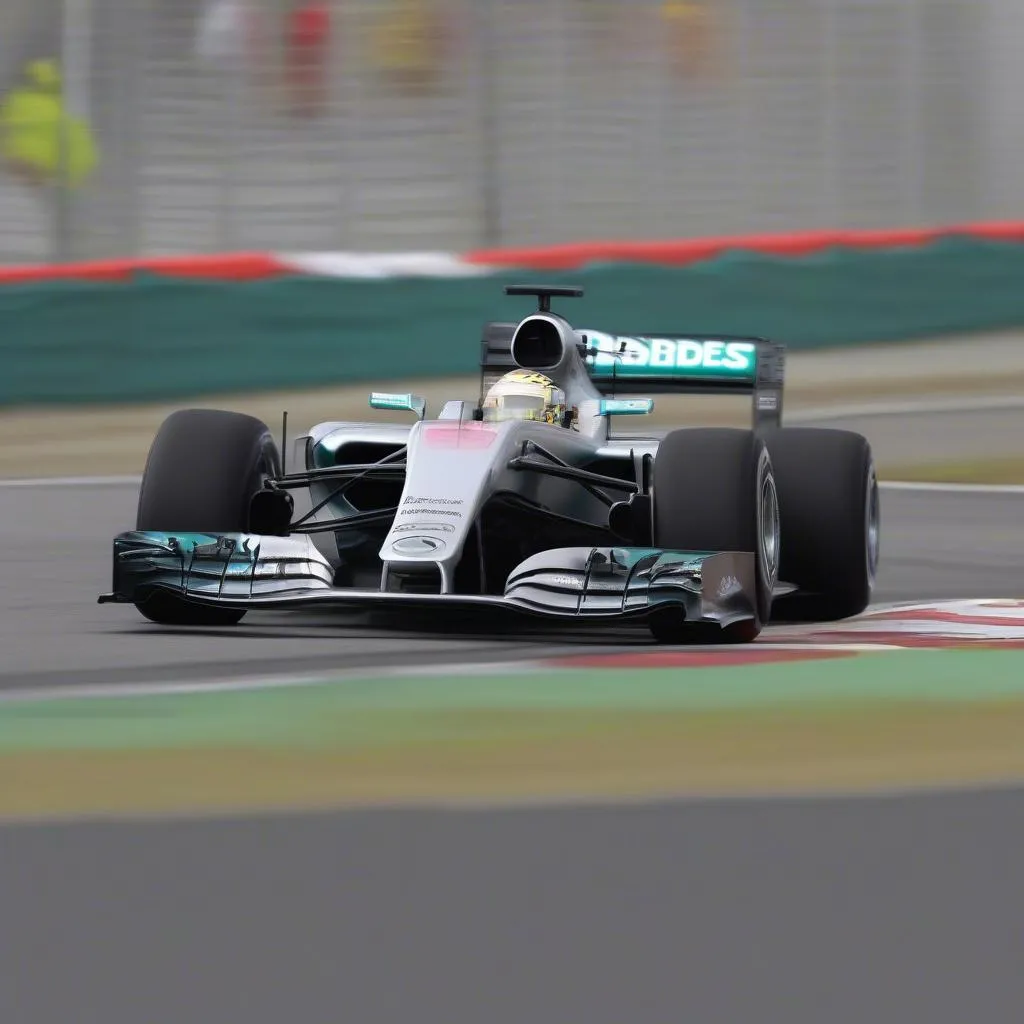 Mercedes W13 Racing
Mercedes W13 Racing
Frequently Asked Questions
Did all teams experience porpoising to the same extent?
No, the severity of porpoising varied between teams. While Mercedes seemed to struggle the most initially, other teams like Ferrari and Alfa Romeo also grappled with the issue to varying degrees.
Did the new 2022 regulations contribute to porpoising?
The introduction of ground effect aerodynamics in 2022 undoubtedly played a role in the prevalence of porpoising. The new regulations created a steeper learning curve for teams, as they adapted to this powerful but sensitive aerodynamic phenomenon.
Are there diagnostic tools for identifying porpoising?
Modern Formula 1 cars are equipped with sophisticated sensors that collect vast amounts of data, including aerodynamic measurements. Teams can analyze this data to identify and understand the characteristics of porpoising.
Can Cardiagtech products help diagnose aerodynamic issues?
While CARDIAGTECH specializes in engine diagnostics and other automotive systems, understanding aerodynamic concepts can be beneficial when diagnosing performance issues.
Remember, a smooth ride is a happy ride. By understanding the causes and solutions to porpoising, you can better appreciate the complexities of modern motorsport engineering.
Let us know in the comments below if you’d like to delve deeper into specific aerodynamic concepts or explore other technical challenges faced by Formula 1 teams!

